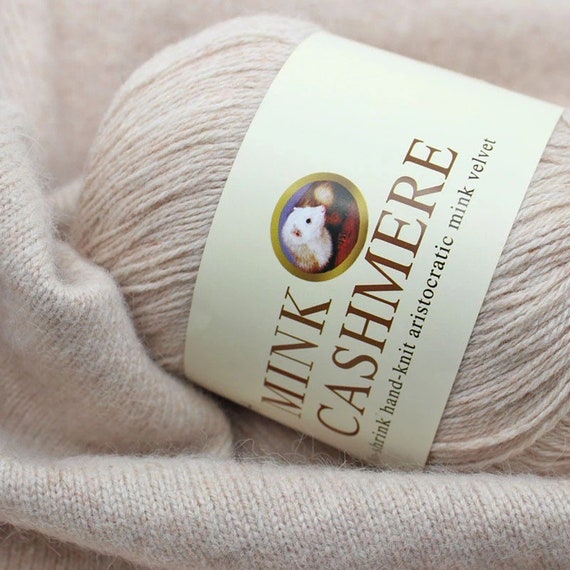What Is Cashmere and How Does It Differ to Other Fabrics?
What Is Cashmere and How Does It Differ to Other Fabrics?
Blog Article
Recognizing the Various Kinds of Cashmere a Natural Fiber and Their One-of-a-kind Advantages

The Origins of Cashmere: A Historical Overview
While the luxurious touch of cashmere remains to beauty modern-day consumers, its beginnings trace back to the extreme, cold climates of Mongolia and the Mountain ranges. For centuries, the native individuals of these regions have actually been raising Capra Hircus goats, the prime resource of cashmere woollen. These goats, resilient versus the severe winters, expanded a great undercoat to survive, which later ended up being known as cashmere. The name itself pays homage to Kashmir, a region in India where the woollen was originally refined. Much of the early cashmere profession path was helped with by the Silk Roadway, attaching Asia with the Middle East and Europe. In spite of its international spread, the finest cashmere is still thought to stem from the initial areas of Mongolia and the Mountain Ranges.

The Manufacturing Process: From Goat to Garment
Shearing a Capra Hircus goat marks the inception of the intricate cashmere production procedure. This fragile procedure generally happens yearly throughout springtime. The penalty, soft undercoat is then divided from the coarser outer hair, a procedure recognized as dehairing. The resultant raw cashmere is then cleaned to get rid of pollutants such as oil, dust, and vegetable issue.
The tidy fiber is subjected to dyeing, spinning, and weaving, or knitting, to change it right into a fabric. Facility treatments like quality assurance checks and finishing procedures adhere to, ensuring the end item preserves the lavish criterion expected of cashmere. This meticulous procedure, from goat to garment, warrants the high cost affixed to cashmere products, making them an icon of deluxe and improvement.
The Different Sorts Of Cashmere: An In-depth Evaluation

The Distinct Advantages of Cashmere: Convenience and Sustainability
Moving from the selection of cashmere types to the advantages they supply, comfort and sustainability stand apart plainly. Cashmere, an all-natural fiber, is renowned for its exceptional soft qualities, supplying a level of comfort that artificial fibers can't match. The product's lightness, yet outstanding heat retention, makes it ideal for all seasons. Moreover, cashmere's all-natural elasticity permits it to go back to its initial form, making it immune to shrinking or extending.
When it comes to sustainability, cashmere is renewable and biodegradable, as it's harvested from cashmere goats who regrow their coats each year. what is cashmere. Unlike artificial fibers which can take hundreds of years to disintegrate, cashmere's effect on the atmosphere is minimal. This combination of convenience and sustainability makes cashmere a beneficial choice for mindful consumers

Caring for Your Cashmere: Upkeep and Conservation Tips
While cashmere is definitely a luxurious and sustainable choice, it needs particular treatment to preserve its high quality and expand its life-span. To begin, cashmere need to be hand cleaned using cool water and a mild detergent. Cashmere products should be kept in a completely dry and trendy area, away from straight sunshine and moisture.
Buying Cashmere: Understanding Its Value and Worth
Although cashmere might at first look like a pricey financial investment, its lasting worth and worth come to be evident when you consider its remarkable qualities. Known for its exceptional gentleness and warmth, cashmere is a premium all-natural fiber that outmatches various other materials. Its high need and minimal supply add to its high cost, however its durability ensures it lasts for years, offering excellent value for cash. Cashmere items are timeless, commonly ending up being heirlooms passed down through generations. what is cashmere. Furthermore, its natural insulating homes supply warmth without the mass of synthetic fibers. Investing in cashmere, therefore, is not practically present style More Info patterns, however about welcoming a sustainable, durable, and elegant way of life.
Conclusion
In recap, the kind of cashmere one selects, be it Mongolian, Chinese, or Italian, is determined by individual preferences for heat, high-end, budget plan, and sustainability. The value of cashmere prolongs beyond its rate, with convenience and long life adding to its worth. Correct care and maintenance can ensure its you could try these out conservation. Therefore, comprehending the beginnings, manufacturing procedure, and unique benefits of different sorts of cashmere can assist consumers in their investment in this glamorous natural fiber.
Whether it's the remarkable warmth of Mongolian cashmere, the price of Chinese cashmere, or the eco-conscious production of Italian cashmere, there's a story to be discovered behind each fiber type. Cashmere, an all-natural fiber, is renowned for its unparalleled soft qualities, supplying a level of convenience that artificial fibers can not match.When it comes to sustainability, cashmere is eco-friendly and renewable, as it's gathered from cashmere goats that regrow their coats annually. Recognized for its unequaled gentleness and warmth, cashmere is a costs all-natural fiber that outshines other products. Comprehending the origins, manufacturing process, and one-of-a-kind advantages of various kinds of cashmere can direct customers in their investment in this luxurious all-natural fiber.
Report this page